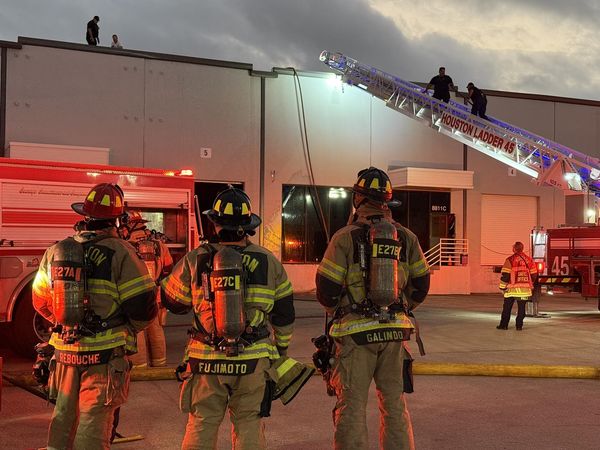
When I walked into the Sydney Theatre Company’s Wharf 1 theatre to see Michelle Law’s production Top Coat, I was expecting to watch an entertaining retelling of how dire the situation in Australia’s news and media is for people of colour. What I was not expecting, but perhaps should have been, was how personally affected I would be by it.
As a young woman of colour in the media I have faced discrimination in Australian newsrooms and I thought I was resilient. But Top Coat left me with a lot of questions, mainly personal ones: how am I not healed from the prejudice I experienced in various jobs in Australia’s white, male-dominated media industry?
First, a bit about the show. Top Coat is Law’s STC debut and centres around two characters — Winnie (Kimie Tsukakoshi) and Kate (Amber McMahon). Winnie works at a nail salon that Kate visits between her very demanding schedule as a TV executive “girlboss” at a multicultural broadcaster. One evening, just before Winnie is closing shop for the day, Kate comes in asking for her chipped nail to be fixed – Winnie begrudgingly obliges. The two complain about the barriers they face in work and life and utter the same sentence: “I wish I were in your shoes.” A Freaky Friday situation takes place and they swap bodies. Now Winnie has to go to Kate’s TV job and face her boss Barry and entitled boyfriend Jeremy (John Batchelor) while Kate has to tirelessly give out manicures and pedicures for hardly any money.
Since seeing the production, I’ve spent much time mulling it over, as well as my own negative experiences in the media, ones that I thought I had gotten over. But seeing similar experiences play out on stage gave them a fresh sense of reality, and more affirmation that I didn’t just make up the prejudice I’d faced in my head.
I came to Australia to study journalism as an international student in 2016. A highly unorthodox career choice for someone like me – an Indian with parents who just wanted me to have a stable career in something like business or law. Even convincing them to let me study journalism was a hard task. There was a lot of arguing and a lot of, “yes, print may be dying but everything is moving online, Pappa!”. So I knew I had to make my time in Australia worth it – worth their investment, and worth my future.
I have worked in multiple newsrooms, first as an intern and freelancer, and eventually a full-time employee – a prized possession for anyone in the media industry, let alone for an international student.
Each experience prepared me for the prejudice I would face in the next. From others who had connections and networks within the organisation getting picked over me, preferred and trained for jobs I was highly qualified to do, to micro-aggressions over my curly hair, my accent, pronouncing my name or even discussing my skin tone.
Coming from a hierarchical Indian society where speaking up against those who are senior to you is disrespectful, I decided not to fight back. So I put my head down and did stories instead. Focusing on giving other people a voice and ignoring my own.
But the bottled-up emotions finally came out upon watching Law’s production.
I have always believed to be lucky in this industry. Lucky to get unpaid internships with broadcasters and news organisations. Lucky to get to certain stages of an interview process when many times I got an immediate rejection because of my visa. Lucky to be able to get a full-time job and be able to experience the stability and security that so many of my Australian citizen classmates at uni got to experience as soon as they graduated. Lucky to get a spot at the table, rather than to be seen as just another international student who has been unable to make it in the arts in Australia.
But at some point, you have to look beyond luck and look at reality – Australian newsrooms and media organisations have a problem with race. They use people of colour for our connections to our communities, as Law’s play demonstrated with First Nations character Marcus (Matty Mills). They use us to get certain “sensitive” stories about our communities over the line. They also use us for their often celebrated diversity statistics. We are also often the newsroom’s reserve forces – casuals or part-timers who are called upon when the full-time white reporters and producers are burned out, on holiday in Europe, or taking annual leave.
Let me be clear – I don’t have a problem with my white colleagues. I have a problem with the predominantly white agenda-setters at the top who allow this problem to happen. People who think they are progressive because they hire a token diverse person or they fit certain categories that mean they have faced prejudice in their life. And while I empathise with the barriers they have faced, they will never know what it’s like to be overlooked because of the colour of your skin, the texture of your hair, the accent you have and the nationality on your passport.
Australia’s media industry needs a radical racial overhaul. And it starts with executives at the top unlearning decades of prejudice – a message Law sends clearly in Top Coat.
• Karishma Luthria is an audio producer at Guardian Australia
• Top Coat is on at STC until 6 August







